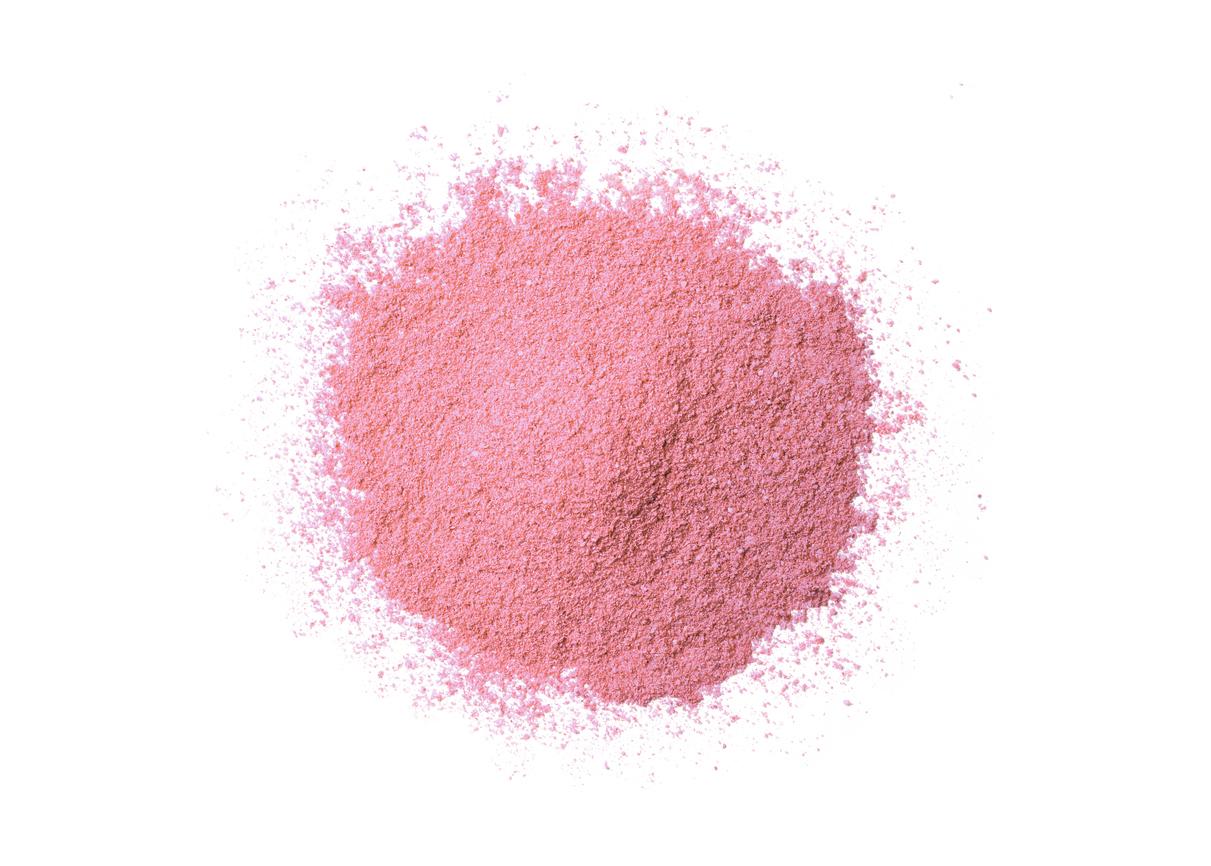A study reveals the levels of drug consumption (tobacco, cannabis, alcohol, MDMA, etc.) in French prisons, far higher than those observed in the general population.

- Drug consumption in prisons “significantly” exceeds the levels observed in the general population, according to a survey by the French Observatory of Drugs and Addictive Tendencies (OFDT) carried out in 2023 among 1,094 prisoners.
- Daily smoking in prisons thus reaches 63%, or 2.5 times more than outside. Likewise, 26% of prisoners use cannabis every day – a prevalence 8 times higher than in the rest of the population.
- The consumption of other psychoactive substances, on the other hand, is more “marginal”. The prevalence of use (at least once during detention) for cocaine, crack, MDMA and heroin amounts to 13%, 6.2%, 5.4% and 5.1% respectively. %.
Drug use in prisons exceeds “significantly” levels observed in the general population. This is what essentially emerges from thePrison Health and Substance Survey (ESSPRI), carried out last year by the French Observatory of Drugs and Addictive Tendencies (OFDT) and published in the latest issue of the journal Tendances.
As part of this study, 1,094 adult men incarcerated for more than three months in mainland France were interviewed between April and June 2023, all sentence lengths, all types of establishments and all criminal statuses combined. The inmates, “representatives of the prison population”responded on their use of seven psychoactive substances: tobacco, alcohol, cannabis, cocaine, crack, MDMA (or ecstasy) and heroin. “Nearly four out of five prisoners (77%) have already consumed one of these products at least once during their detention”we can read in a press release.
A quarter of incarcerated men use cannabis daily
In descending order, the substances most consumed daily in prison are tobacco (tolerated within the walls), cannabis and alcohol (prohibited), while it is tobacco, alcohol and cannabis in the general population. Daily smoking in prisons thus reaches 63%, or 2.5 times more than outside. Likewise, 26% of prisoners consume cannabis every day – a prevalence 8 times higher than in the rest of the population – knowing that a large majority already smoked a lot before their incarceration. The use of alcohol, for its part, is significantly lower in prison than outside the walls: only 16% of respondents tried it at least once during the month preceding the survey.
Figures which can be explained in particular by accessibility, which varies depending on the drug: 51% of prisoners admit that finding cannabis in prison is “easy”, compared to 27% for alcohol. And for good reason, according to a previous survey carried out by the OFDT: it depends “the ability of prisoners to import products from outside and the existence of networks specializing in illegal resale” even inside the prisons. However, if there are many means of smuggling cannabis (via the surrounding walls, visiting rooms, mail, accomplices among the guards, etc.), “the size of the bottles and its indivisibility” make the circulation and trafficking of alcohol more difficult.
Note that a third of incarcerated men (32%) do not consume “really none of the three substances”even occasionally, particularly the oldest (35 and over) at 42%, compared to only 25% of 18-34 year olds.

Cocaine, MDMA, crack and heroin: around one in ten prisoners affected
The consumption of other psychoactive substances, on the other hand, is more “marginal” and concerns on average “one in ten prisoners”, reveals the investigation. In detail, the prevalence of use (at least once) for cocaine, crack, MDMA and heroin is respectively 13%, 6.2%, 5.4% and 5.1%. , “no difference according to age group”. A majority of users already declared significant consumption before their incarceration. The study reports that 3.5% of prisoners have resorted to injecting one of these drugs, even if only once.
If this investigation was limited to the male prison population, the second part, planned for 2025, plans to extend its field of investigation to female prisoners, who represent less than 4% of the prison population. As for the overseas territories, they should be the subject of a specific study this year.
















